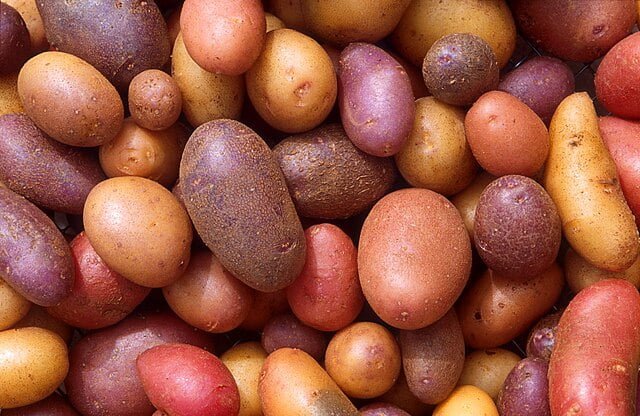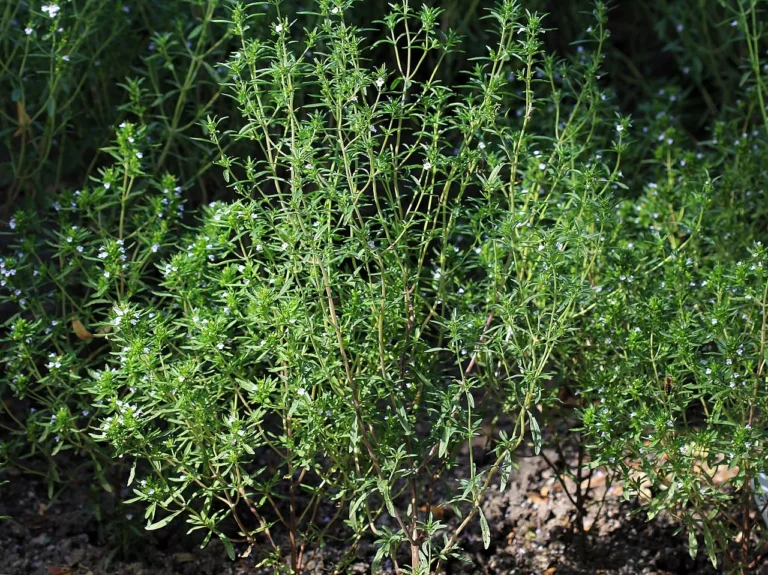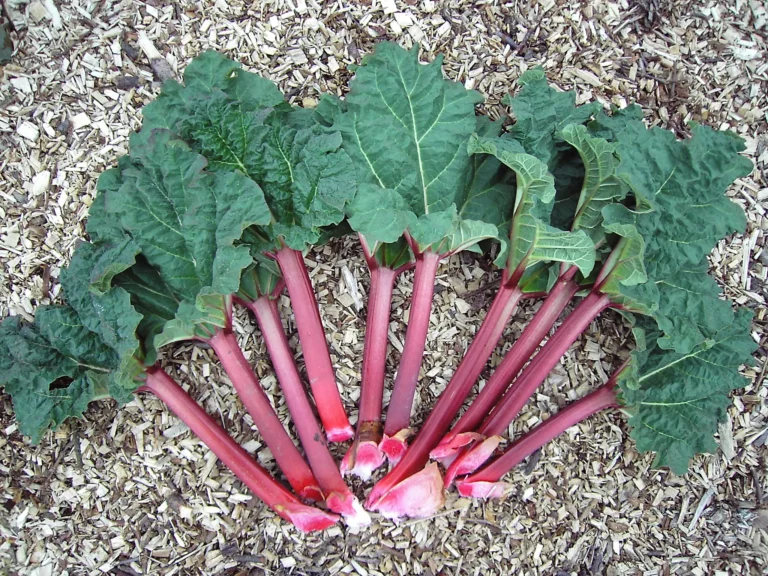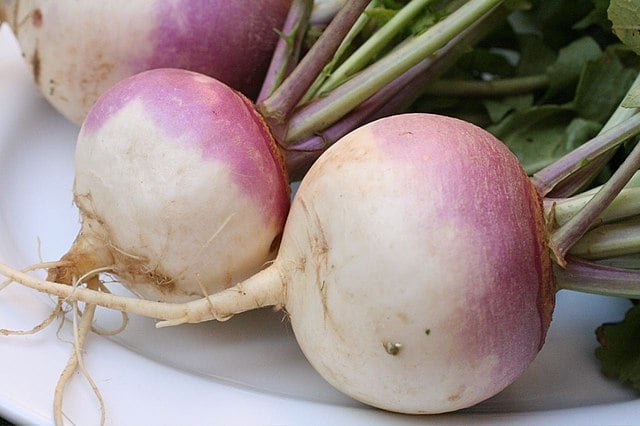How to Grow Potatoes
Potatoes are a versatile and nutritious crop that can be grown in gardens of all sizes—even in containers. This step-by-step guide will walk you through the entire process of growing potatoes, from selecting the right varieties to harvesting your homegrown bounty.
Introduction to Potato Gardening
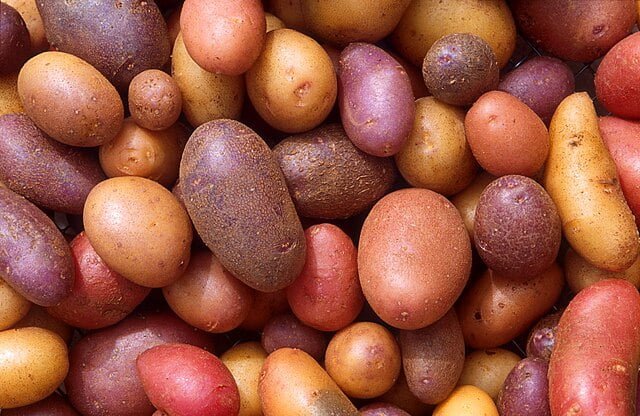
Growing your own potatoes is both rewarding and cost-effective. With the right techniques and a little patience, you can enjoy fresh, chemical-free potatoes straight from your garden. Whether you’re planning a small-scale kitchen garden or a larger vegetable patch, this potato growing guide will provide you with all the information you need.
Choosing the Right Potato Varieties
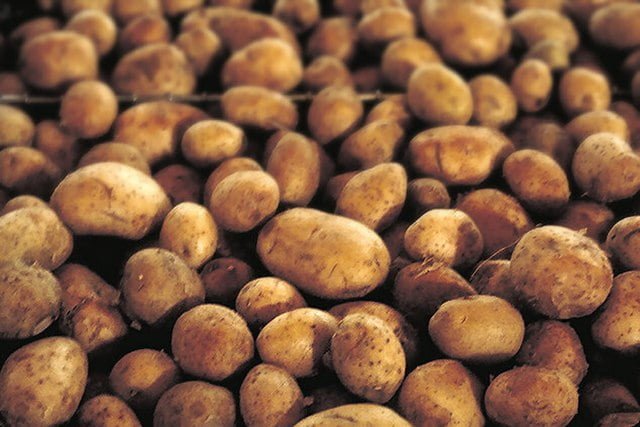
There are many potato varieties to choose from, and your selection will depend on your climate, soil type, and culinary preferences. Some popular varieties include:
- Russet Potatoes: Ideal for baking and frying, with a high starch content.
- Yukon Gold: Known for their buttery flavour and versatility.
- Red Potatoes: Great for boiling and salads, with a waxy texture.
- Fingerling Potatoes: Perfect for roasting and salads due to their unique shape and flavour.
Tip: Look for certified seed potatoes at your local garden center or online. Using true seed potatoes helps reduce the risk of disease.
Preparing Your Garden or Containers
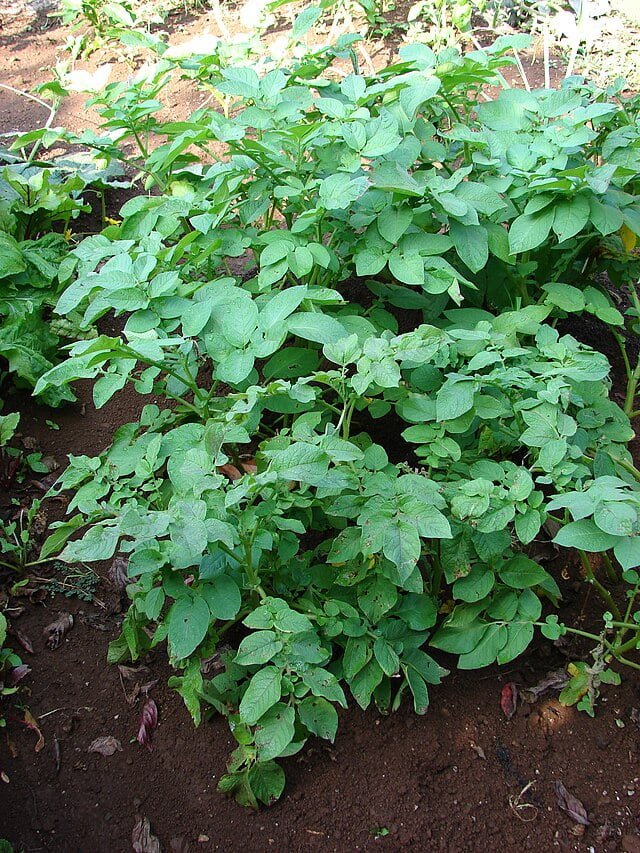
Site Selection and Soil Preparation
- Location: Choose a sunny spot—potatoes need at least 6 hours of sunlight daily.
- Soil: Potatoes thrive in well-drained, loose soil. Amend heavy clay soils with compost or well-rotted manure to improve drainage.
- pH Level: Aim for a soil pH between 5.0 and 6.0. Test your soil and adjust as needed using lime or sulfur.
Container Gardening
If space is limited, you can grow potatoes in large containers or grow bags. Ensure your container has drainage holes and use a high-quality potting mix mixed with compost.
Planting Potatoes
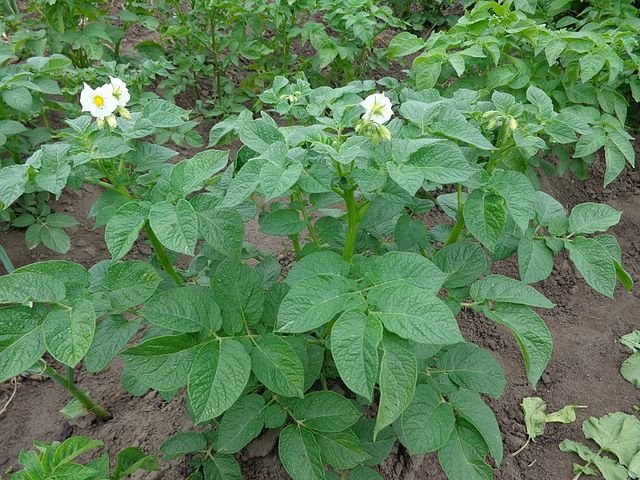
Preparing Seed Potatoes
- Chitting (Optional): Allow seed potatoes to sprout by placing them in a light, cool area for a few weeks before planting.
- Cutting: If your seed potatoes are large, cut them into pieces with at least one “eye” (sprout) each. Let the cut pieces dry for 24–48 hours to form a callus over the cut surface.
Planting Process
Covering: Place the seed potato pieces with the eyes facing up and cover them with 3–4 inches of soil. As the plants grow, you will need to “hill” more soil around them.
Timing: Plant potatoes in early spring once the soil temperature reaches about 45°F to 50°F (7°C to 10°C).
Spacing: Dig a trench about 4 inches deep. Space your seed pieces 12 inches apart in rows that are 2–3 feet apart.
Growing and Caring for Your Potatoes
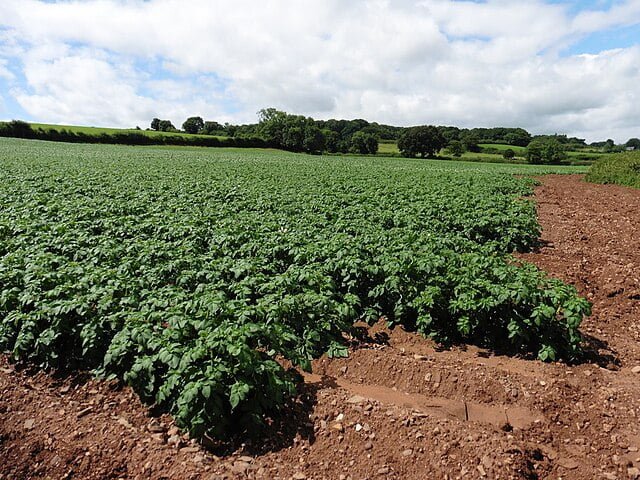
Hilling
- When to Hill: Once the potato plants reach about 6–8 inches tall, mound soil around the base of the plants. This process, known as hilling, should be repeated every few weeks.
- Why Hilling Matters: Hilling protects developing tubers from sunlight, which can cause them to turn green and become inedible.
Watering and Fertilization
- Watering: Keep the soil consistently moist but not waterlogged. Potatoes require regular watering, especially during tuber formation.
- Fertilizer: Apply a balanced fertilizer or compost early in the season. Avoid over-fertilizing, as too much nitrogen can promote leafy growth at the expense of tuber development.
Pest and Disease Management
Diseases: Prevent common diseases like blight by ensuring proper spacing, crop rotation, and adequate airflow around your plants.
Common Pests: Watch out for potato beetles, aphids, and wireworms. Use organic methods like neem oil or insecticidal soap for control.
Harvesting Your Potatoes
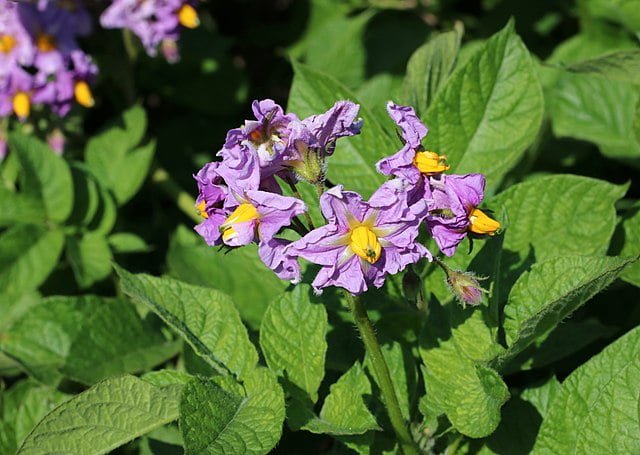
New Potatoes: For a smaller, tender crop, harvest new potatoes about 2–3 weeks after the plants stop flowering.
Mature Potatoes: Wait until the foliage has died back. Carefully dig around the plants with a garden fork, being cautious not to damage the tubers.
Post-Harvest Care: Allow harvested potatoes to dry in a shaded, well-ventilated area for a few hours before storing them in a cool, dark place.
Storing Your Homegrown Potatoes
Store your potatoes in a dark, cool, and well-ventilated area. Avoid refrigeration, as cold temperatures can convert the potato starch into sugar, affecting the taste.
Additional Tips and Tricks
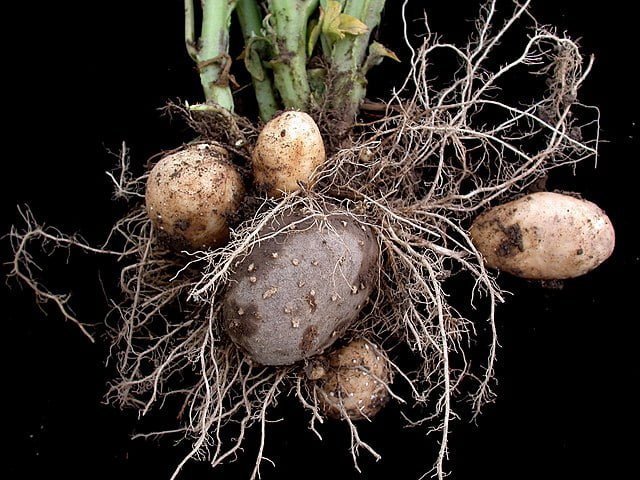
Crop Rotation: Avoid planting potatoes in the same spot year after year to reduce disease risk.
Mulching: Apply mulch around your plants to help retain soil moisture and regulate temperature.
Season Extension: In cooler climates, consider using row covers to extend the growing season.
Frequently Asked Questions About Growing Potatoes
Conclusion
Growing potatoes is a gratifying endeavour that yields a versatile and nutritious crop. By following this step-by-step guide on how to grow potatoes, you can enjoy fresh, homegrown produce while mastering the art of potato gardening. With proper planning, regular care, and a little patience, your garden will soon be bursting with delicious potatoes ready to be enjoyed in a variety of dishes.

